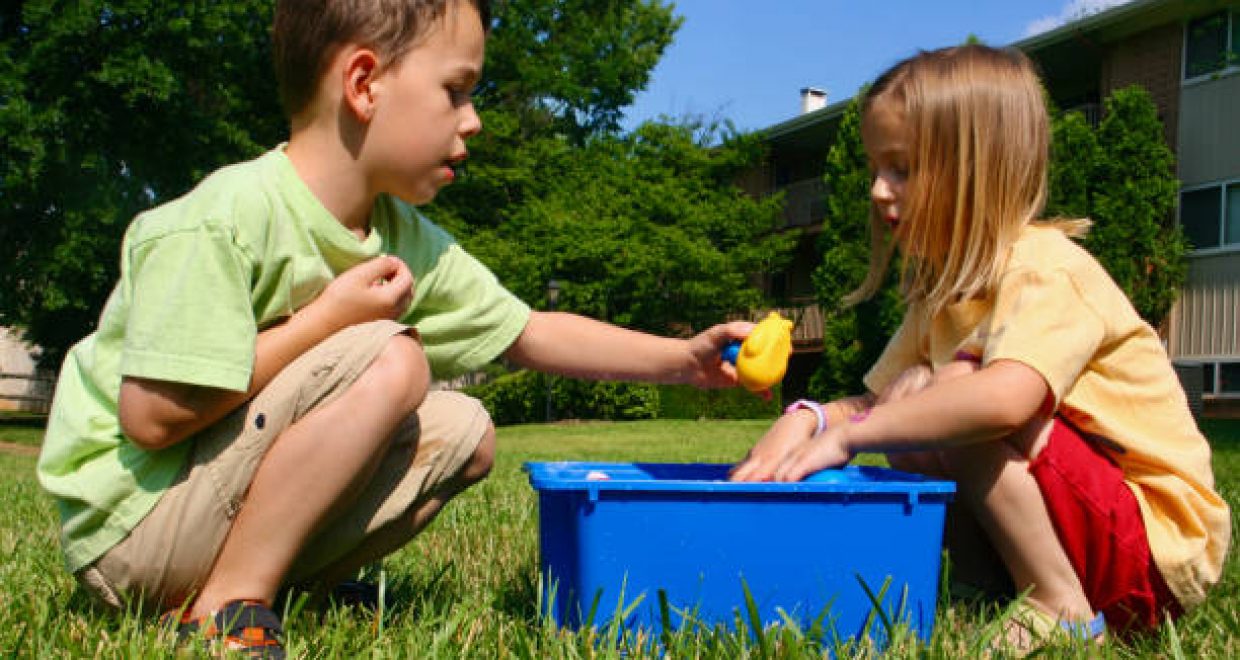How Chronological Age, Theory of Mind, and Yield are Interrelated to Memory and Suggestion in Young Children
The paper “How Chronological Age, Theory of Mind, and Yield are Interrelated to Memory and Suggestion in Young Children” by Nieves Pérez-Mata, Amparo Moreno, Margarita Diges, and Miriam Peláez, published in The Spanish Journal of Psychology, has been chosen as the Editor’s Choice Article for January 2023.
In this paper we were interested in analyzing the interrelations between Chronological age, Theory of Mind (ToM) and individual suggestibility (measured by Yield) with the young children’s memory performance and their vulnerability to external suggestion.
Over the past three decades, there has been a growing interest in how suggestive interviewing techniques affect the acceptance of suggestion in preschool-aged children. This growing interest is due to the considerable number of allegations of suspected child sexual abuse based solely on the child’s statement (Azzopardi et al., 2019; Smith et al., 2018).
Research has shown that memory performance improves and vulnerability to suggestion decreases between ages 3 and 6 (Bruck & Ceci, 1999). However, an explanation based solely on the chronological age is insufficient because some socio-cognitive factors, which are imperfectly correlated with age, also play a role in developmental differences. Therefore, researchers have tried to establish how developmental socio-cognitive factors, in addition to age, underline the ”age-memory-suggestion” relationship (an updated review in Klemfuss & Olaguez, 2020).
In his context, our study examines the predictive value of ToM and Yield in memory performance and acceptance of external suggestions in young children, and to what extent the age could be interrelated with the predictive value of these factors. ToM involves comprehending how mental representations are understood as such (Perner, 1991). People do not have copies of reality, but they represent it. Therefore, mind and reality are, to a certain extent, independent. An important change in the development of representation skills occurs between the ages of 3 and 6, and this change may be important for memory and suggestion.
The term suggestibility refers to an individual characteristic that makes a person more likely to respond in a particular way to suggestion (Gudjonsson, 2003). Yield has been used to establish individual suggestibility on scales, which indicates the tendency of a person to spontaneously incorporate into memory a false suggestion given by an interviewer. Research with children has shown a consistent positive relationship between Yield and acceptance of details suggested in experimental sessions (Diges et al., 2010; Karpinski & Scullin, 2009; Quas et al., 2005; Scullin & Bonner, 2006).
In our study we have observed how suggestions provided by an adult unknown to the child about false actions he or she had supposedly performed with another adult a week earlier were accepted by the child. This finding was a function of the chronological age of the child and his or her level of development in mentalistic skills (ToM) or degree of individual suggestibility (Yield). Thus, an interesting turning point in the acceptance of suggestion occurred at the age of 4.6 years. Around this age, the vulnerability to suggestion depended on whether the child had a low developmental level in ToM, or whether the child scored high on Yield as an indicator of high individual suggestibility.
These results point out the need to further investigate whether other socio-cognitive factors together with situational factors play a relevant role in the correct recall and acceptance of suggestion in younger children, since establishing the boundary conditions of good memory performance and high vulnerability to external suggestion are key aspects to consider when taking statements from minors involved in forensic cases. An accurate knowledge of these boundary conditions will help to practitioners do a better job in forensic cases.






